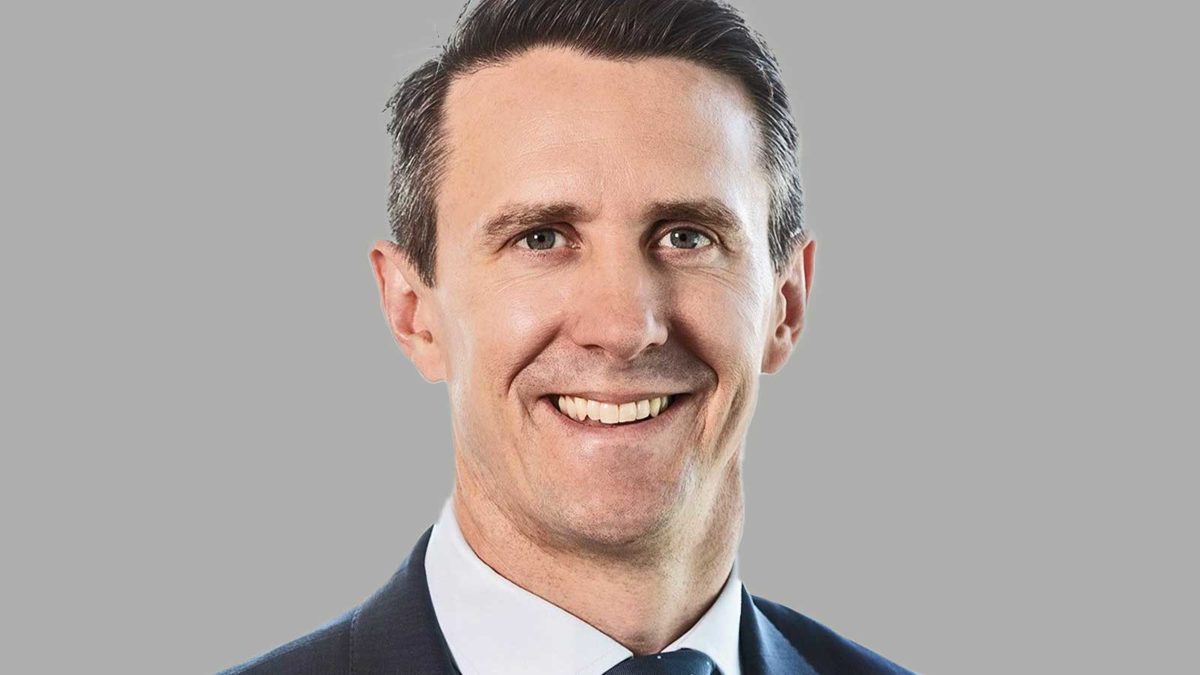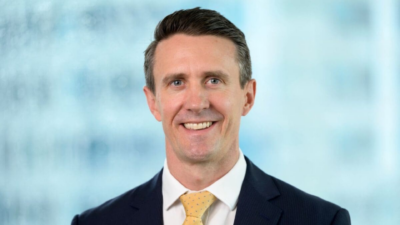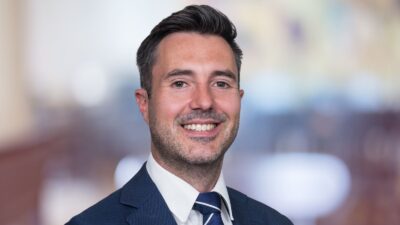‘You want to be on the right side of it’: State Street prepares for a post-YFYS world
As merger activity continues apace, State Street – armed with its “unique” front-to-back solution – intends to take a dominant position as custodian of choice for the biggest end of town.
The super industry and its custodians are now exiting a period of relative stability. The number of funds has more than halved in the last ten years, and that consolidation will continue to accelerate with Your Future Your Super (YFYS). Smaller super clients are now highly vulnerable to the performance test. “Ripe for the picking”, many will be absorbed by the bigger end of town, which is actively seeking merger partners in a seemingly never-ending quest for scale.
“For us, we can be a winner or a loser in that scenario,” says Tim Helyar, State Street’s new Australia country head. “We want to partner with the big end of town because we’re a scale provider; we’re a big organisation and we can offer that scale to the bigger super funds. That also creates work for us, and we’ve built a very good track record of delivering for our funds that are merging or accepting mergers into their existing structure.”
“We’ve become very good at doing that, and we’ve started to position ourselves as one of the dominant players in the superannuation custody space. We’re definitely in the top two or three. We’re differentiating ourselves not just on Alpha (State State’s front-to-back platform) but on our ability to support our super funds as they look to merge and look to grow.”
State Street recently assisted in Sunsuper’s merger into the new Australian Retirement Trust (ART) fund structure, which was “huge”: $90 billion, and 40,000 lines of stock. If ART – now one of Australia’s biggest funds – is any indication, super funds might also soon swell to such size that they need to retain more than one custodian.
“If you look at the biggest asset managers in the world – Vanguard, BlackRock – they have multiple custodial relationships because of their size and scale,” Helyar said. “When you’re talking north of a trillion dollars, do you want to have all your eggs in one basket? We feel we’re comfortable with the controls and the risk that we have in our environment, but that’s not our call.”
“It’s the call of the trustee and the board and the executive teams of the fund as to how they want to manage their provider relationship. It’s very different with a super fund, though, because their structures are not easily split apart so that you can facilitate having a dual provider model.”
State Street currently sits fourth in the Australian Custodial Services Associations (ACSA) assets under custody table, paced by Northern Trust, Citi, and J.P. Morgan – though it has increased its share some 6.6 per cent in the past six months. Underpinning its continued play for the big end of town in Australia is the aforementioned Alpha, which was born out of the global business’ acquisition of Charles River Development. Criticised at the time, the deal has proved transformative for the business. State Street currently has 19 clients globally using the full suite, a handful of prospects in Australia, and a host of others using its separate modules.
“It’s two types of clients that will take the full end-to-end; clients who are starting from scratch, such as some of the super funds that are getting to a certain scale and which know they need to do something – otherwise they’ve got potentially four or five different provider relationships,” Helyar says.
“The other client type is a brave asset manager or a brave asset owner who says “What we’ve built over the years is out of date, it’s legacy, we need to scrap it and start again”. But it takes a lot of conviction and courage to scrap everything you’ve got and start again. People are more inclined to go bit by bit.”
Helyar holds that the offering is “truly unique”.
“Other custodians chose to integrate into those capabilities rather than having their own offering of those capabilities,” Helyar said. “We feel that’s a strategic advantage for us at State Street, particularly if you look at the asset owner community in Australia – which is starting to manage money on a much more active basis for the first time. To do that, they need to move away from what might be a legacy spreadsheet environment or a fairly vanilla portfolio management system. We can provide them with a one stop shop.”
The developing situation in Ukraine has also thrown up new challenges for custodians as super funds divest their Russian assets – or at least, try to – at blistering speed. While their exposures have been fairly minimal, there’s still a bull rush to get them off the books.
“There’s a lot of scrutiny about who owns what, and there’s a lot of scrambling to identify what they own, what they’re exposed to, and how they – in a sensible way – reduce that,” Helyar said. “It’s a similar thing to carbon based assets and other ESG concerns.”
“To some extent, this is an ESG event where the advancements that people have made in terms of understanding what’s in their portfolios and what they’re exposed to over time, has helped. There’s also sanctions – how do we implement different sanctions screenings?”











